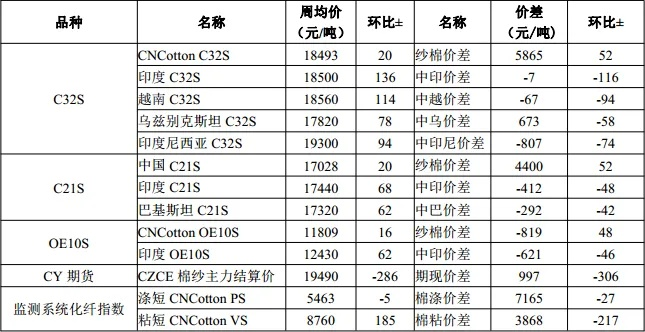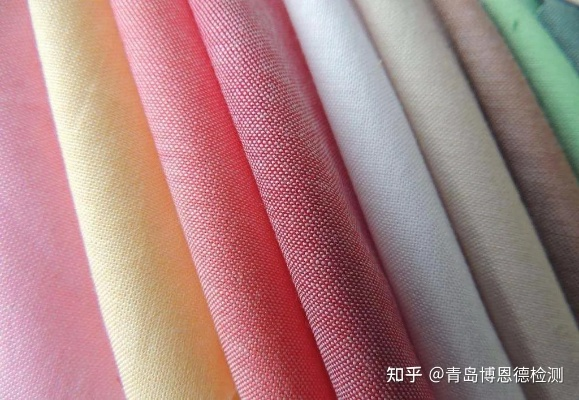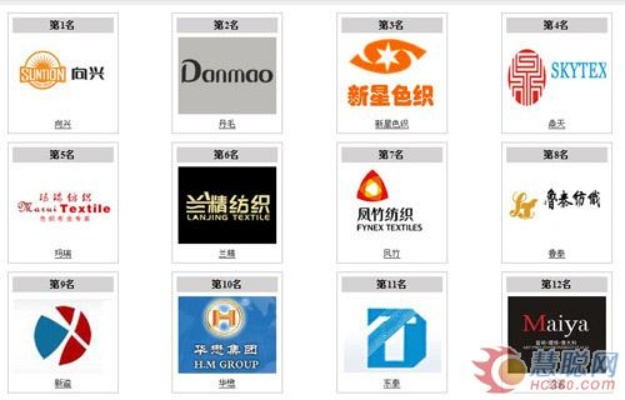Revolutionizing Textiles with Nano-Waterproof Technology
: Revolutionizing Textiles with Nano-Waterproof Technology,Abstract:,Nano-waterproof technology has revolutionized the textile industry, providing a new level of durability and functionality for clothing, footwear, and other apparel. This innovative approach involves incorporating nanoparticles into fabrics to enhance their water resistance properties, making them more resistant to moisture and odor, as well as offering superior wear and tear resistance. The benefits of this technology are numerous, including improved comfort, increased lifespan, and reduced environmental impact. As demand for high-performance textiles continues to grow, nano-waterproof technology will undoubtedly play an increasingly important role in shaping future fashion trends and consumer preferences.
Introduction: The textile industry is constantly evolving, driven by the demands of modern society for comfort, durability, and sustainability. One area that has garnered significant attention in recent years is the development of nano-waterproof technology, which promises to transform the way we perceive and use textiles. In this essay, we will explore the potential applications of nano-waterproof technology in textiles, as well as its impact on the fashion and lifestyle industries.
Nano-Waterproof Technology: Nano-waterproof technology involves the incorporation of tiny particles or molecules into the fabric itself, creating a barrier against water vapor. This technology is based on the principle of surface tension, where the attraction between two surfaces is reduced when they are brought closer together. By introducing these nanoparticles or molecules into the fibers, the fabric becomes more hydrophobic, meaning it repels water droplets rather than absorbing them.

Benefits of Nano-Waterproof Technology: One major advantage of nano-waterproof technology is its ability to extend the lifespan of textiles. By reducing the amount of moisture absorbed by the fabric, it prevents mold growth, mildew formation, and other damage caused by moisture. This can significantly increase the durability of clothing and other textile products, making them more resistant to wear and tear over time.
Another benefit of nano-waterproof technology is its potential to improve energy efficiency. When clothing absorbs moisture, it requires energy to evaporate the water back into the air. This process consumes heat, leading to increased energy consumption and higher greenhouse gas emissions. By reducing the amount of moisture absorbed by textiles, nano-waterproof technology can help to save energy and reduce environmental impact.
Case Study: One example of how nano-waterproof technology is being applied in the textile industry is found in the development of waterproof raincoats. These coats are made from materials coated with nanoparticles that create a hydrophobic layer on the surface of the fabric. This layer repels water droplets, preventing them from penetrating the material and causing leaks. As a result, waterproof raincoats are lightweight, durable, and comfortable to wear.
Another example is the use of nano-waterproof technology in sportswear. By incorporating nanoparticles into the fabric of swimsuits and other athletic apparel, manufacturers can create materials that resist water absorption and evaporation. This can lead to improved performance in water-based activities, such as swimming or diving, while also providing greater comfort and protection for athletes.
Conclusion: Nano-waterproof technology represents a significant breakthrough in the textile industry, offering new possibilities for enhancing the performance and longevity of clothing and other textile products. From extending their lifespan to improving energy efficiency, this technology has the potential to revolutionize the fashion and lifestyle industries. As research continues to develop and refine this technology, we can expect to see even more innovative applications in the future.
纺织品纳米防水概述
随着科技的飞速发展,纺织品行业迎来了纳米技术的革命性突破,纳米技术以其出色的防水性能,正在逐渐改变传统纺织品的防水方式,为我们的生活带来更多便利和舒适。
纳米技术在纺织品中的应用
材料特性
纳米技术应用于纺织品中,使得纺织品具备了出色的防水性能,纳米材料具有超疏水性、抗污性、抗渗透性等特点,能够有效阻止水分渗透,提高纺织品的防水效果。
案例分析
近年来,随着环保意识的增强和消费者对高品质生活的追求,纳米防水纺织品逐渐受到市场的青睐,某知名品牌推出的防水面料,采用了先进的纳米技术,具有出色的防水性能和舒适度,深受消费者喜爱。
纳米防水纺织品的特点
高防水性能
纳米防水纺织品具有出色的防水性能,能够有效阻止水分渗透,其防水性能等级远高于传统纺织品,能够满足各种恶劣环境下的防水需求。

舒适度提升
纳米防水纺织品还具有出色的舒适度,能够提供更好的穿着体验,其柔软、透气、吸湿等特性,使得穿着更加舒适、自然。
纳米防水技术的应用场景
户外运动装备
在户外运动中,纺织品需要具备出色的防水性能和舒适度,纳米防水纺织品可以应用于户外帐篷、户外鞋、户外服装等户外运动装备中,为使用者提供更好的保护和舒适体验。
家居用品
在家居生活中,纳米防水纺织品也可以发挥重要作用,在浴室、厨房等潮湿环境下的家居用品,可以使用纳米防水纺织品来提高使用舒适度和安全性。
纳米防水技术的实现方法
纳米材料制备技术
纳米防水技术的实现需要采用先进的纳米材料制备技术,通过控制纳米材料的成分、结构、尺寸等参数,来提高其防水性能和舒适度,还需要注重材料的耐久性和环保性。
纺织工艺优化
在纺织工艺方面,需要优化纺织品的结构和性能,通过采用先进的纺织工艺技术,来提高纺织品的防水性能和舒适度,还需要注重纺织品的环保性和可持续性。
案例说明:纳米防水纺织品的应用实例
以某知名品牌的一款纳米防水纺织品为例,该纺织品采用了先进的纳米技术,具有出色的防水性能和舒适度,其面料采用了特殊的纳米涂层技术,使得面料具有超疏水性、抗污性等特点,在恶劣环境下使用,能够有效阻止水分渗透,提供更好的穿着体验,该纺织品还具有环保、可持续等特点,符合现代消费者的需求。
纳米技术为纺织品行业带来了革命性的突破,使得纺织品具备了出色的防水性能和舒适度,随着科技的不断发展,纳米防水纺织品的应用前景将更加广阔,我们期待更多的创新和突破,为我们的生活带来更多的便利和舒适。
Articles related to the knowledge points of this article:
The Global Fabric of Innovation:An Exploration into Lu Xu Textiles



